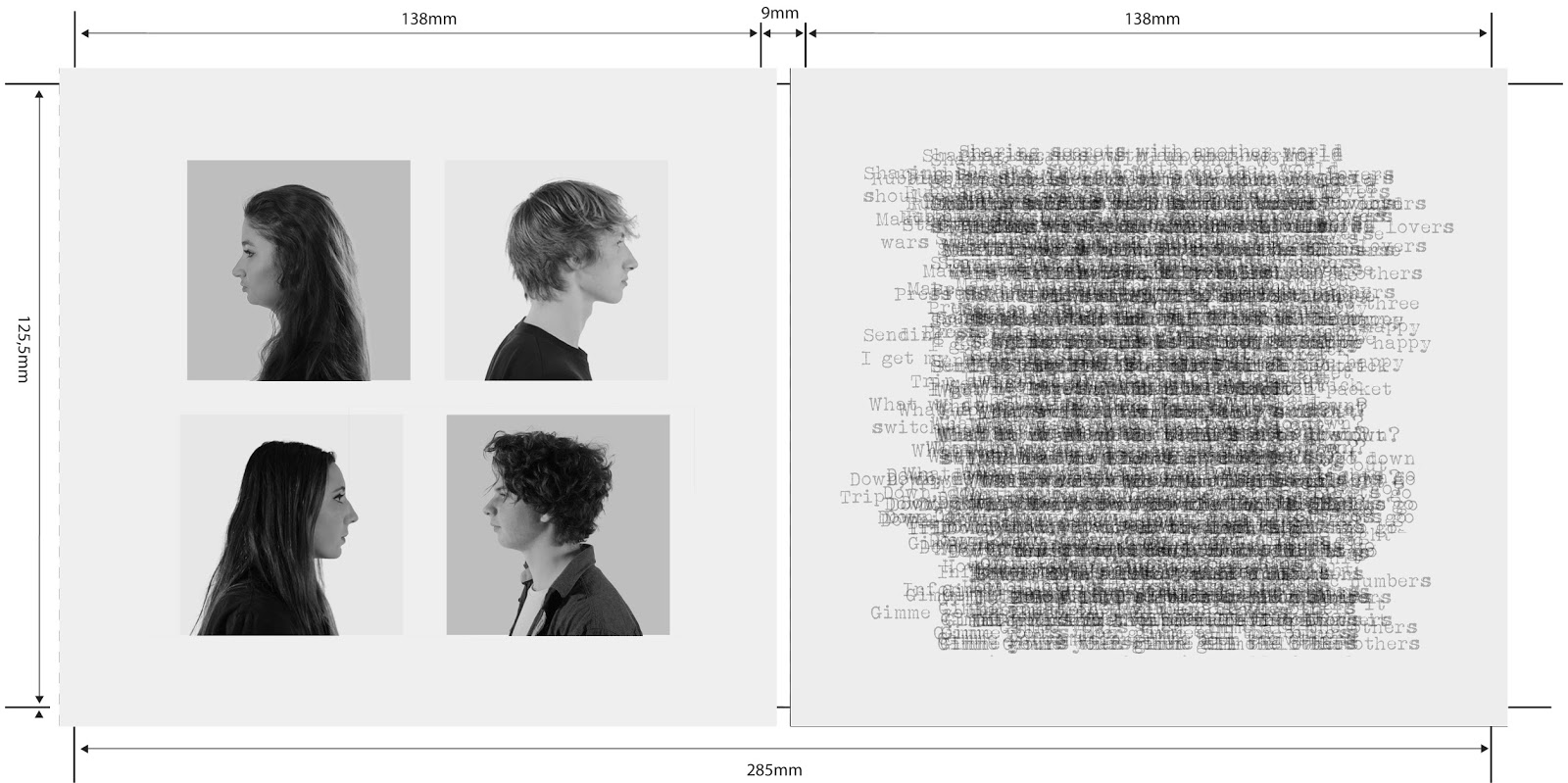1. Film genre and type of production
Genre: Superhero-Comedy, Action, Animation
Rating: PG
Budget: Yet to be revealed as the the film is likely in post-production, however we can estimate that the budget is somewhere between 150-200 million dollars
2. What's the film about?
Synopsis:
Hiro Hamada is a robotics prodigy following in the footsteps of his older brother, Tadashi. Soon after discovering one of his creations, an inflatable hospital care robot named Baymax, an unknown villain emerges. Determined to uncover the mystery, Hiro transforms his friends into a band of high-tech heroes called "Big Hero 6."
Themes:
- Good/Evil
- Friendship
- Family
- Growing up
- Crime-fighting team
Sources: iMDB, Wikipedia, Big Hero 6 Official US Trailer 2, Art Book
3. Global and UK release dates? Where and what formats?
Big Hero 6 will be released in theaters globally throughout October 2014 to February 2015. Major release dates include:
- October 23rd - Japanese premiere at the Tokyo International Film Festival
- October 25th-27th - Multiple premieres across the USA
- November 7th - Theatrical release in the USA and Canada
- December 20th - Theatrical release in Japan
- January 30th - Theatrical release in the UK
It has not been stated whether the film will be released in other formats, but it is very likely that there will be DVD and Blu-ray releases following the theatrical release.
Sources: iMDB release information, Official website
Big Hero 6 is a high budget, Hollywood blockbuster film. This is reflected in the cast, production and even the setting of 'San Fransokyo'. Fall Out Boy, a popular American band, also have a song featured in the trailers, so this too is a heavy signifier of nationality.
5. Institutions behind the film's production and UK/US distribution? Where are they based?
- Disney Animation Studios
- Walt Disney Motion Pictures
- Marvel Studios (creative influence, symbiosis between Disney and Marvel)
Companies involved in the distribution of Big Hero 6 include:
- Walt Disney Motion Pictures
- Walt Disney Studios Japan
- Possibly other Disney subsidiaries
6. What's the film's production budget?
The production budget for the film is yet to be released. However, we can make an assumption based on the budgets of similar films:
Wreck-it Ralph: $165 million
Frozen: $150 million
Tangled: $260 million
Judging by these figures, the budget of the film is likely to be somewhere between 150-200 million dollars. However, animation is quite expensive so the budget could be much higher as shown by Tangled. The budget will have been provided by Disney and the profits from the film will be invested into future films.
Sources: iMDB, Wikipedia
7. Any connections with other films?

Big Hero 6 will largely be following the success of recent Disney and Marvel productions. These include Frozen, Wreck-it Ralph and Tangled by Disney and The Avengers by Marvel. Chris Williams is an in-house Disney director who worked on these Disney films as well as Big Hero 6. Beyond film, the original concept is taken from a Marvel comic book series under the same name.
Sources: iMDB, Wikipedia, Disney Animation Official Website, Wired Article
8. Who's the director?
There are two directors working on Big Hero 6. The first is Don Hall, a director who has done work for Disney before on film's such as Tarzan. The second is Chris Williams, an in-house Disney Director well-known for recent Disney hits such as Wreck-it Ralph and Frozen.
Sources: iMDB, Wikipedia, Wired Article
9. How has the film been cast?
The cast of Big Hero 6 is as follows:
 |
| Scott Adsit - Voice actor for Baymax |
- Ryan Potter - "Hiro Hamada"
- Scott Adsit - "Baymax"
- Jamie Chung - "Gogo Tomago"
- Damon Wayans Jr. - "Wasabi"
- Genesis Rodriguez - "Honey Lemon"
- T.J. Miller - "Fred"
Sources: iMDB, Wikipedia, Official Twitter Page
10. Core audience? Secondary/tertiary markets?
The core audience for Big Hero 6 is children and young teenagers in the UK and USA. Evidence for this is shown by the film's PG rating to allow for the largest possible audience. Furthermore, children will be accompanied by their parents, or the whole family. This allows for increased revenue. The secondary audience would be fans of Disney and/or Marvel fans. This could potentially extend to fans of the original comic as well as the Japanese audience. The tertiary audience as mentioned before would be parents, as they would need to accompany their children to see the film. Therefore it is likely that Disney would include some subtle humour that the children would not understand, but the parents would in order to appeal to them.
Sources: iMDB, Wikipedia







.jpg)

